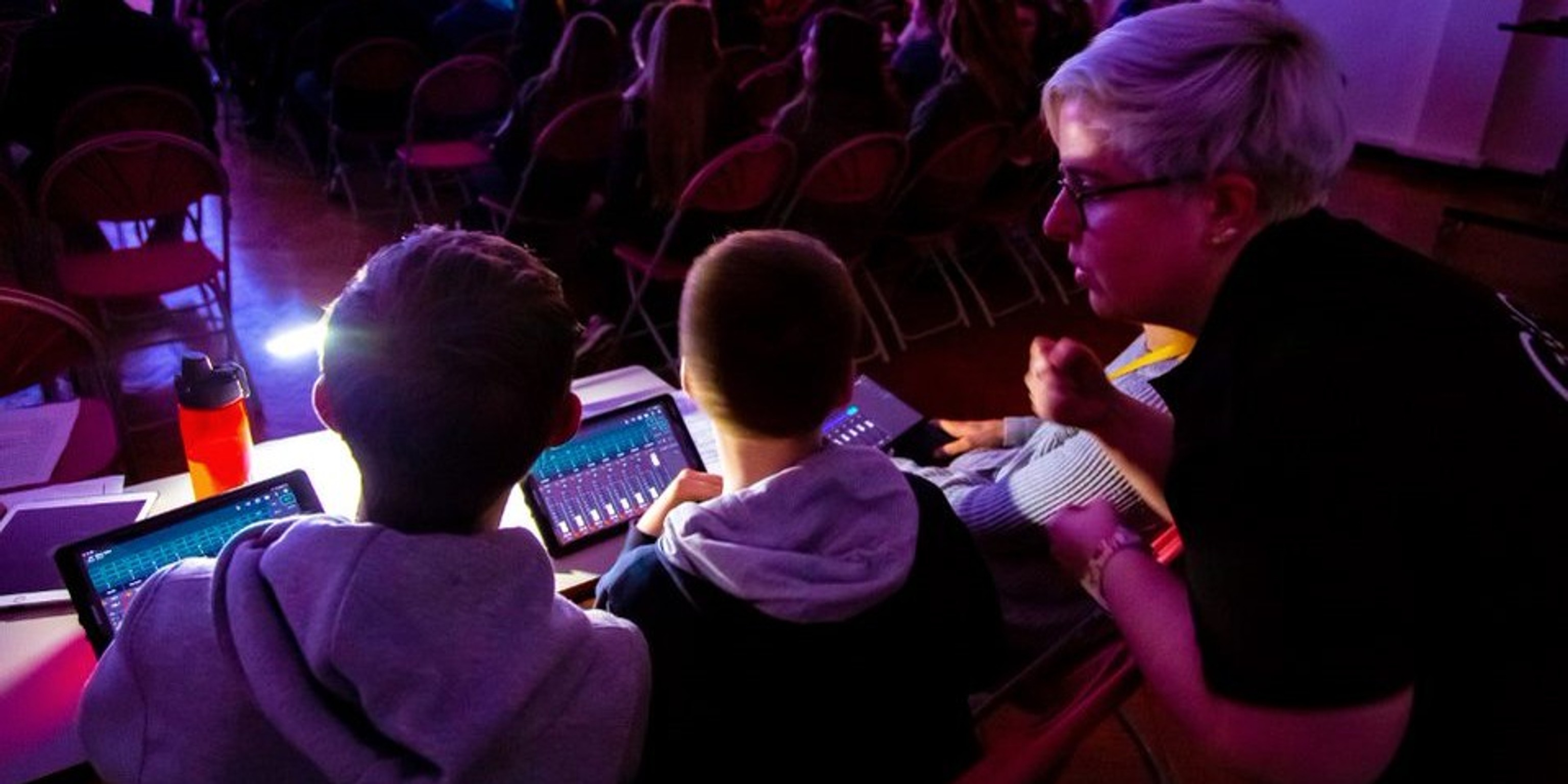
Co-Teaching as a Form of Co-Design for Educational Technology
Educational Technology



Collaborators Monash University
Abstract
We propose co-teaching as a novel form of co-design practice, using the TPACK model to guide our reflections.
Method
We describe a two year longitudinal Co-Teaching project resulting in the development and use of three digital designs for the classroom.
Takeaways
We suggest that co-teaching as a form of co-design practice offers a way to move teachers from passive adopters of technology to active participants in the design and integration of educational technologies.
Educational technologies offer benefits in the classroom but there are barriers to their successful integration, including teachers’ pedagogical beliefs and their skills and experience.
Participatory Design (PD) approaches offer one way in which teachers can be directly involved in the design of classroom technologies, however PD processes alone fail to address the challenges of integrating technology within existing practices. In this paper we propose co-teaching as a novel form of co-design practice.
We describe a two year longitudinal Co-Teaching project resulting in the development and use of three digital designs for the classroom. Using the Technological Pedagogical Content Knowledge (TPACK) model to guide our reflections we offer insights into the ways that co-teaching can support the design and integration of educational technologies.
We suggest that co-teaching as a form of co-design practice offers a way to move teachers from passive adopters of technology to active participants in the design and integration of educational technologies.
Co-teaching method
Co-teaching, through its embedded and situated approach to design and evaluation, offers the potential to reduce some of the known tensions within co-design practices in the classroom. It offers a method of design practice specifically for use in the educational technology field and as such is a suitable method to consider the unique challenges of designing technology for the classroom.
Alongside ensuring teachers remain active in the design process, we suggest it also offers a potential way of supporting the development of teachers’ (and arguably designers’) TPACK, something known to support integration of educational technology in the classroom.
The joint aim of the research project was specifically to explore ways in which technology could be used to support the delivery of one unit of a Level 2 BTEC qualification 1. This unit required students to plan and deliver a ‘music product’, in this case a live music gig for a professional Band. This encompasses students’ understanding all aspects of running live music performances from how to book artists, to how to mix sound in a live performance as well as how to operate stage lighting and organize the front of house.
Addressing the technological and social barriers to technology adoption
As part of the project, and as a result of the co-teaching, three digital tools were designed in response to particular challenges faced by the teacher in enacting her intended pedagogies. The three tools were, a socio-digital orchestration tool, a learning analytics tool, and a set of lighting proxies.
Using the digital technology tools supported the teacher’s enactment of the project allowing her to develop her confidence with technology and therefore its use in the classroom. Although not all three digital tools were integrated into her practice, she demonstrated much more willingness to experiment with technology in her practices going forward after the end of the project
We describe that co-teaching ultimately led to more pedagogically aligned and context-centered technology designs, while also expanding the teacher’s technological, and technological-content knowledge.
In doing so we demonstrated how co-teaching led to an evidenced change in the teacher’s attitudes and beliefs, describing how co-teaching as a design practice can result in reciprocal alignment between the codesigned educational technology and teachers’ attitudes and beliefs, thus addressing the technological and social barriers to technology adoption in the classroom.